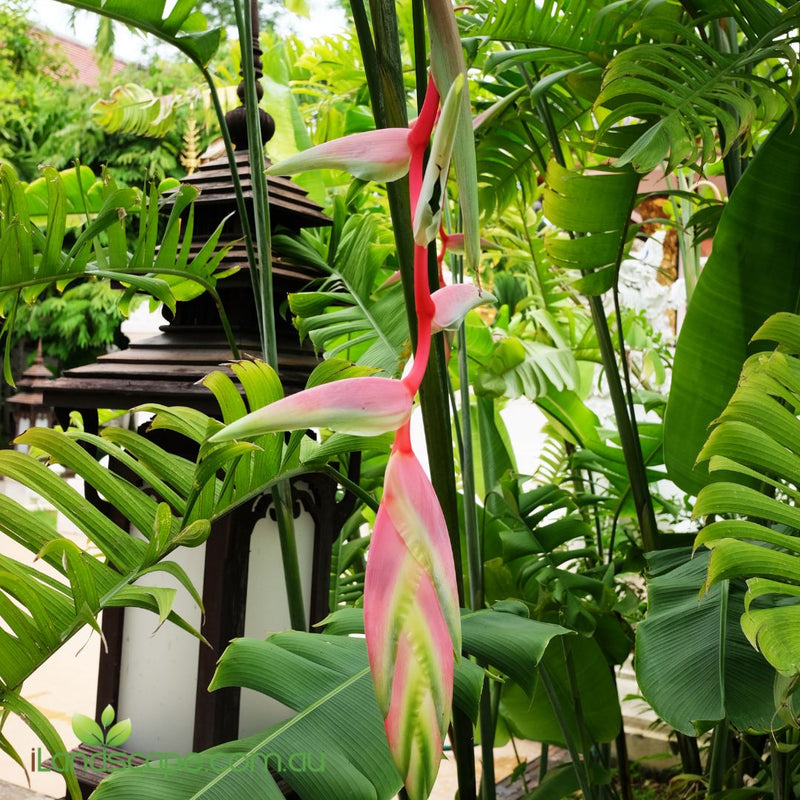Sansevieria trifasciata Compact Variegated
Description:
Sansevieria trifasciata 'Compact Variegated' is a popular and attractive variety of the Snake Plant, known for its striking, upright foliage with bold variegation. This compact form is perfect for small spaces, both indoors and outdoors, where its architectural form and easy care make it a versatile addition to any plant collection. Native to West Africa, this plant is celebrated for its resilience and ability to thrive in a variety of conditions.
Flowers:
Sansevieria trifasciata 'Compact Variegated' rarely flowers, especially when grown indoors. When it does bloom, it produces small, greenish-white flowers on a tall spike. The flowers are mildly fragrant but are generally not the primary ornamental feature of the plant, which is grown mainly for its striking foliage.
Foliage:
The foliage of 'Compact Variegated' is its main attraction. The leaves are stiff, sword-shaped, and grow upright in a dense rosette. Each leaf is a deep green with horizontal bands of lighter green and a prominent, creamy-yellow margin. The leaves can reach up to 30-50 cm in height, creating a bold, vertical statement in any setting. The variegation adds a bright, contrasting element that makes this plant stand out in any collection.
Fruit:
Sansevieria trifasciata 'Compact Variegated' rarely produces fruit, especially in indoor environments. If grown outdoors and pollinated, it may develop small, berry-like fruits, but these are not commonly seen and are not significant for ornamental purposes.
Form and Size:
This variety of Sansevieria is compact and typically grows to a height of 30-50 cm, with a spread of 15-30 cm. The plant has a clumping growth habit, with new shoots emerging from the base, gradually forming a dense cluster. Its upright, rigid leaves give it a strong architectural presence, making it ideal for adding structure to plant arrangements.
Growing Conditions:
Sansevieria trifasciata 'Compact Variegated' is highly adaptable and thrives in a wide range of conditions. It prefers bright, indirect light but can tolerate low light levels, making it suitable for indoor environments. The plant grows best in well-draining soil and should be allowed to dry out between waterings, as it is prone to root rot if overwatered. It is also highly drought-tolerant and can withstand periods of neglect.
Uses:
This compact Snake Plant is perfect for indoor environments, where it can be used as a tabletop plant, in office spaces, or as part of a mixed container display. It also works well in outdoor settings, particularly in dry, shaded areas or as a low-maintenance border plant. Its air-purifying qualities make it a popular choice for improving indoor air quality.
Maintenance:
Sansevieria trifasciata 'Compact Variegated' is very low-maintenance and easy to care for. It requires minimal watering, especially during the winter months, and thrives on neglect. Occasional feeding with a balanced, slow-release fertilizer will support healthy growth. The plant is generally pest-resistant but should be monitored for signs of root rot or fungal issues if overwatered.
Notes:
This plant is known for its ability to thrive in challenging conditions, making it an excellent choice for beginners or those with less time for plant care. However, it is toxic to pets if ingested, so it should be placed out of reach of animals.
Companion Plants:
Pair Sansevieria trifasciata 'Compact Variegated' with other low-maintenance indoor plants such as ZZ plant (Zamioculcas zamiifolia), pothos (Epipremnum aureum), or spider plant (Chlorophytum comosum) for a resilient and attractive indoor garden.
Common Name: Compact Variegated Snake PlantBotanical Name: Sansevieria trifasciata 'Compact Variegated'Family: AsparagaceaeOrigin: West Africa

